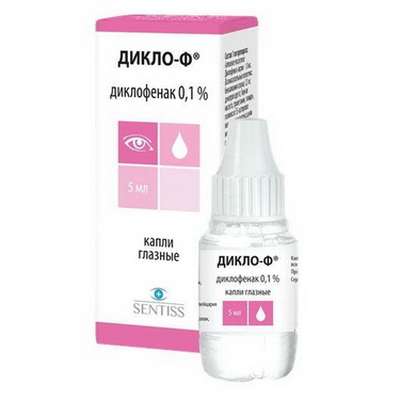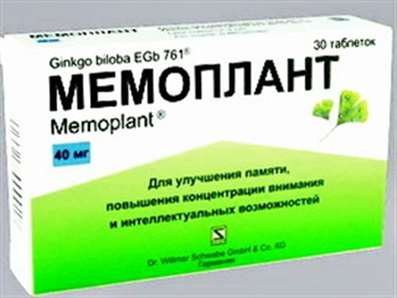Instruction for use: Hexoprenaline (Hexoprenalinum)
I want this, give me price
Pharmacotherapeutic group:
Tocolytics
Beta-adrenergic agonist
The nosological classification (ICD-10)
J44 Other chronic obstructive pulmonary disease
Allergic bronchitis, Bronchitis asthma, Asthmatic bronchitis, wheeze bronchitis, Bronchitis is an obstructive, bronchi disease, Shortness of sputum in acute and chronic respiratory diseases, Cough in inflammatory diseases of the lung and bronchus, Reversible airflow obstruction, Reversible obstructive airway disease, Obstructive bronchitis disease, Obstructive lung disease, Obstructive bronchitis, Spastic bronchitis, Chronic lung disease, Chronic nonspecific lung diseases, Chronic obstructive pulmonary disease, Chronic obstructive bronchitis, Chronic obstructive airway disease, Chronic obstructive pulmonary disease, Restrictive lung pathology
J45 Asthma
Asthma physical effort, status asthmaticus, Bronchial asthma, Asthma lung flow, Bronchial asthma with obstruction of sputum discharge, Bronchial asthma heavy currents, Bronchial asthma physical effort, hypersecretory asthma, Hormone-dependent form of bronchial asthma, Relief of asthma attacks in bronchial asthma, Non-allergic asthma, nocturnal asthma, Exacerbation of asthma, Asthma attacks, Endogenous forms of asthma, Night asthma, Cough with bronchial asthma
J98.8.0 * Bronchospasm
Bronchospasm in bronchial asthma, Bronchospasm when exposed to an allergen, bronchospastic reactions, bronchospastic status, bronhospastichesky syndrome, Diseases accompanied by bronchospastic syndrome, reversible bronchospasm, spasmodic cough
O60 Premature birth
Pregnancy prematurity, The birth premature, Preterm labor pains, Premature contractions prehospital, Immobilization of the uterus before the cesarean section, Immobilization of the uterus, Acute tocolysis, Threatening premature labor, Premature discharge of water, Preventing premature births, The threat of premature birth
O62.4 Hypertonic, uncoordinated and prolonged uterine contractions
cervical spasm, uterine hypertonus
P20 Intrauterine hypoxia
Intrauterine asphyxia, fetal Hypoxia
CAS Cade 3215-70-1
Pharmacology
Pharmacological effect
bronchodilatory, tocolytic.
Selective beta2-adrenergic receptors stimulates bronchial smooth muscle, uterine, activates adenylate cyclase and increases cAMP level, thereby reducing the concentration of intracellular calcium.
Dilates the bronchi by relaxing smooth muscle. Prevents release from mast cells of biologically active substances -. Histamine, leukotriene D4 and other tocolytic effect is to relax the muscles of the uterus, a decrease in the frequency and intensity of its contractions. It inhibits spontaneous and oxytocin induced labor pains. Stops premature contractions (in most cases) that extends to a normal pregnancy due date. During labor normalises excessively strong or irregular contractions. The average therapeutic doses has no significant effect on heart rate. It stimulates glycogenolysis.
Indications
In obstetric practice. For the solution: the treatment of acute conditions - to inhibit labor contractions during childbirth (at diskoordinirovannoy labor, acute fetal intrauterine asphyxia); to immobilize the uterus before surgical or obstetric intervention (caesarean section, manual adjustment of the position of the fetus, umbilical cord prolapse, complicated labors); to suppress premature labor in the prehospital phase. Long-term treatment - for the prevention of preterm labor with reinforced or rapid contractions without shortening or cervical dilatation before, during and after surgical operations on the cervix. For tablets: the threat of premature birth (as a continuation of infusion therapy).
In Pulmonology: for the relief of broncho-obstructive syndrome in exacerbation of asthma and chronic obstructive pulmonary diseases of various origins bronchospastic reactions, prevention of asthma attacks.
Contraindications
Hypersensitivity (especially in patients suffering from bronchial asthma and hypersensitivity to sulfites), premature detachment of the placenta, uterine bleeding, endometrial infection; cardiovascular diseases, accompanied tahiartmiyami, myocarditis, valvular heart disease (mitral, aortic stenosis), cardiomyopathies, including idiopathic hypertrophic subaortic stenosis, coronary artery disease, hypertension, severe liver and kidney disease, hyperthyroidism, angle-closure glaucoma, I trimester of pregnancy, breastfeeding.
Pregnancy and breast-feeding
It contraindicated in I trimester of pregnancy. When applied during pregnancy fetal heart rate in most cases does not change or changes little.
At the time of treatment should stop breastfeeding.
Side effects
Headache, dizziness, anxiety, muscle tremors, sweating, tachycardia, ventricular premature beats, chest pain, low blood pressure (especially Dad) easing bowel movement (you must pay attention to the regularity of the chair), hyperglycemia (particularly in patients with diabetes) increase in liver transaminases, hypokalaemia, a decrease in urine output, edema. Newborns can hypoglycemia and acidosis, bronchospasm, anaphylactic shock.
Interaction
Effect reduce non-selective beta-blockers, increase the methylxanthines (theophylline). Sympathomimetics, means for anesthesia (halothane) increase side effects to the cardiovascular system. It reduces the activity of oral antidiabetic drugs.
Overdose
Symptoms: anxiety, agitation, distal fine tremor, sweating, severe tachycardia, heart rhythm disturbance, headache, false angina, hypotension, dyspnea.
Treatment: the appointment of non-selective beta-blockers (propranolol).
Precautions
To use caution in the presence of concomitant diabetes (hyperglycemia available) (with regular monitoring of serum glucose). Before treatment is shown receiving potassium preparations, restriction of salt and fluids. In the appointment during pregnancy is necessary to control the hemodynamic parameters in the mother and fetus, the assessment of fetoplacental complex. It is not recommended to combine hexoprenaline with antidepressants, calcium and vitamin D3, mineralocorticoid.

 Cart
Cart





